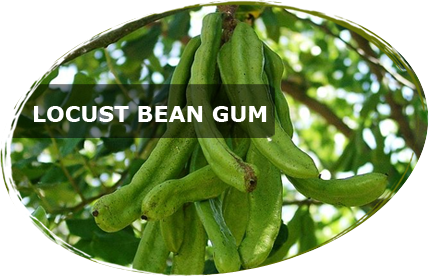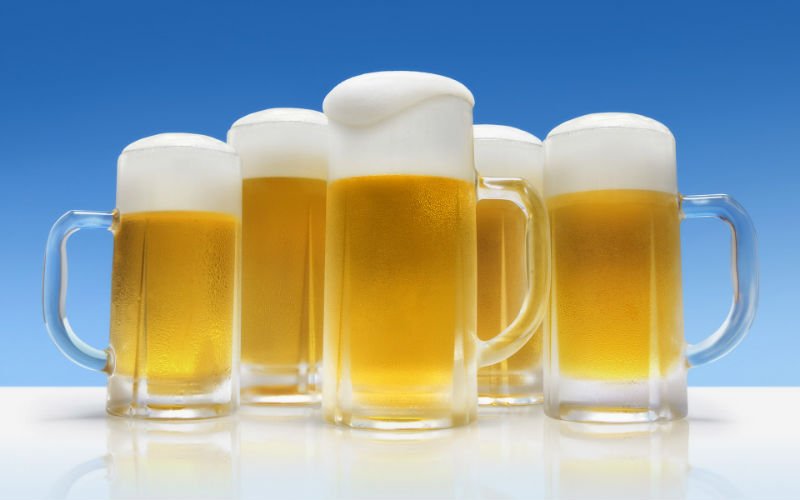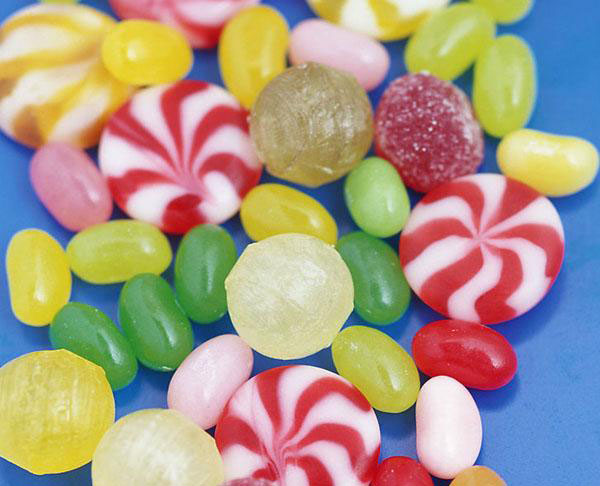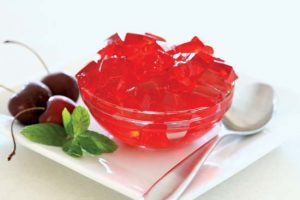Does anyone know if Maltodextrin is gluten free?
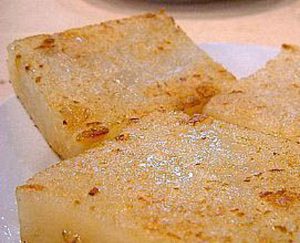
Yes, Maltodextrin is gluten free and widely used in gluten free food used as a stabilizing and foaming agent in crackers, candies, ice cream, and puddings. Maltodextrin is a polysaccharide manufactured through chemical synthesis from starch, available as white or light yellow powder. It’s also used as additive in beer brew for better mouthfeel and lower dryness.
Why is Maltodextrin gluten free?
Gluten is a type of elastic grain protein that helps wheat, rye and barley hold their shape. Because of its glue-like properties, gluten is often added to other food products—pasta, sauces, crackers, baked goods—to thicken or bind those products together. Raw materials used in manufacturing of Maltodextrin are starches from corn, potato, rice or wheat; So the manufacturing process of Maltodextrin is gluten free. So, Maltodextrin is gluten free.
What foods contain Maltodextrin?
Maltodextrin is produced by breaking long starch molecules into smaller pieces, created by the enzymatic conversion of rice starch. It is used to enhance texture and flavor. It has no flavor or odor and does not yield a color. Maltodextrin is used in bakery pre-mixes, sports beverages, candies, icings, and nutritional formulas.
Why should you go Gluten free, Gluten free foods are good or not?
People with celiac disease or Gluten intolerance or sensitivity should intake gluen free foods. Nowadays more and more groceries and health food stores stock gluten-free products. That’s good for people with celiac disease, who for health reasons should not eat wheat with gluten. The market for gluten-free products is exploding. Many people may just perceive that a gluten-free diet is healthier.
Is it necessary for all people to eat gluten foods? In fact, it isn’t. For people with celiac disease, a gluten-free diet is essential. But for others, unless people are very careful, a gluten-free diet can lack vitamins, minerals, and fiber.
How to avoid Gluten ingredients?
Someone is strict adherence to a gluten-free diet for life. It requires knowledgeable nutritional counseling and frequent updates as commercial food contents change. must be alert to hidden sources of gluten such as HVP/HPP (hydrolyzed vegetable/plant protein). Today’s processed and packaged foods have many hidden sources of gluten, which can be unintentionally ingested. To be safe, a person should read ingredients on labels every time they purchase food as manufacturers frequently change ingredients.

